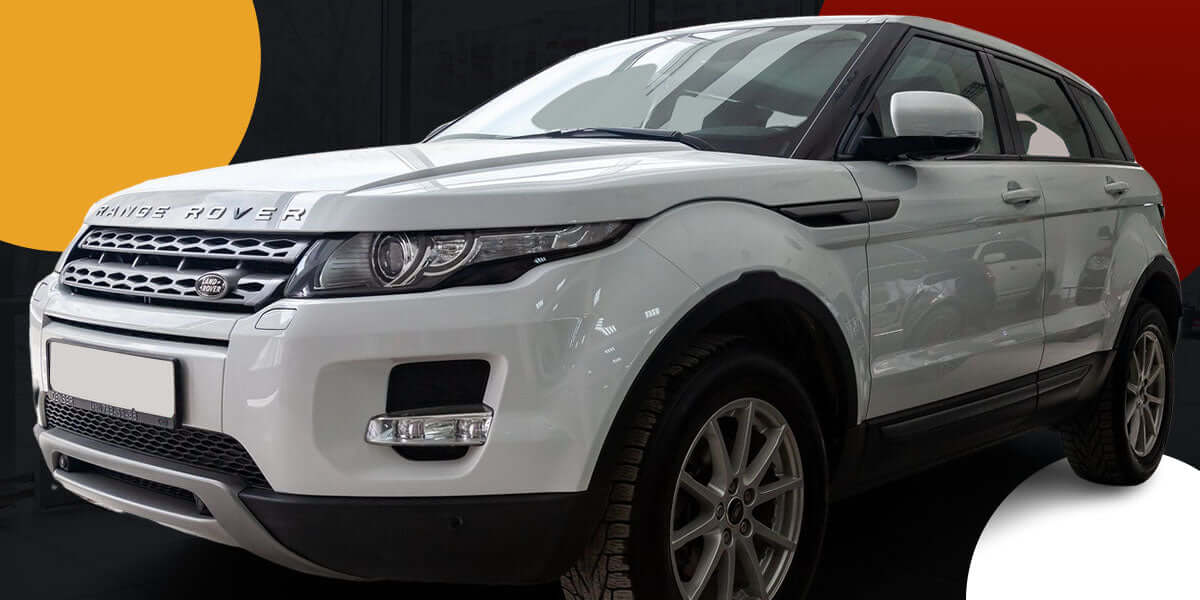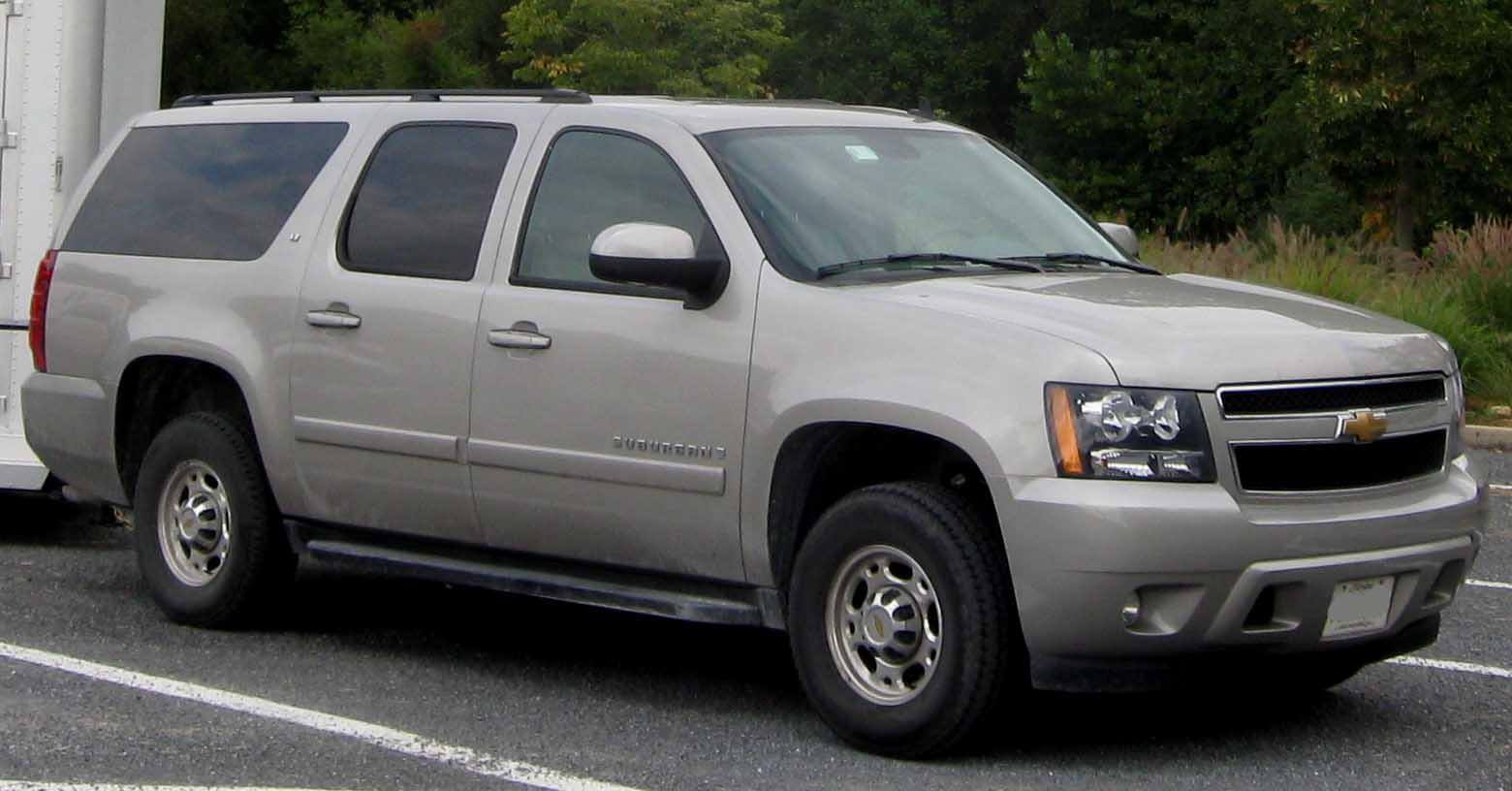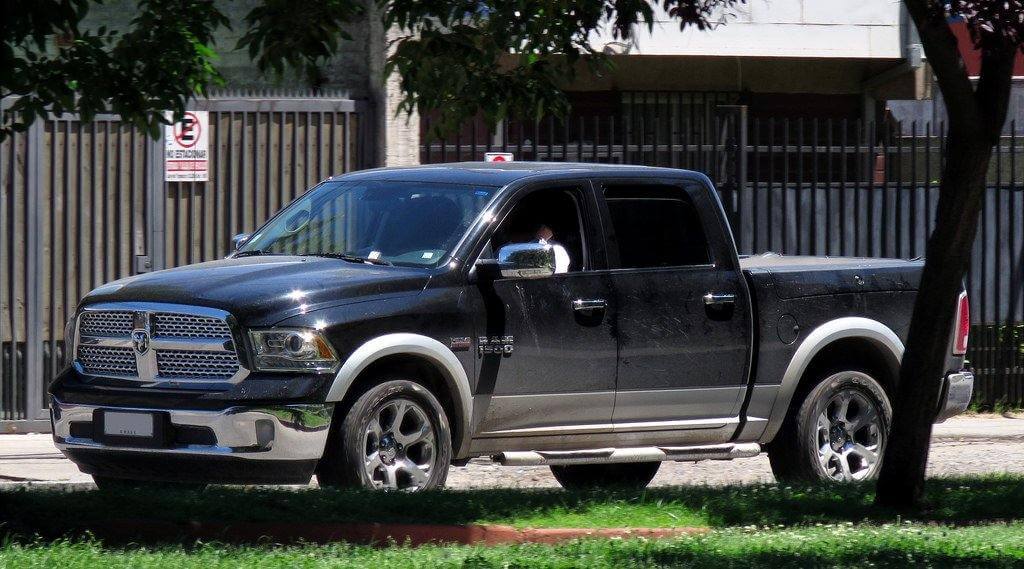There are a few ways to know your Range Rover air suspension is faulty even before you get a suspension warning light. When you notice any of the signs discussed below, fixing them immediately is crucial to avoid a complete suspension failure. Since Range Rover suspension replacement could prove expensive, we'll offer you a solution to keep your vehicle in peak condition without compromising quality.
How Do Air Suspensions Work?
Here is how air suspensions work:
- Ride height sensors at each wheel constantly analyze dips and bumps in the road. They send these readings to a special suspension computer called a control module.
- The computer calculates how much air is needed in each air spring.
- The control module sends instructions to the compressor, which uses them to generate the air needed to inflate the air springs.
- To smoothen the ride, the compressor inflates or deflates the air springs with pressurized air.
- The cycle continues over and over throughout each journey in your vehicle.
Common Range Rover Air Suspension Faults
The common Range Rover suspension faults include the following:
- Air spring damage: The air springs in Range Rovers tend to wear out over time at the top and bottom. Road debris may cause them to blow out suddenly, and slow leaks in air springs can also overwork the air compressor pump.
- Air compressor failure: As you use the vehicle, the air compressor wears, causing a reduction in pumping speed. An error message may show when the pumping system works slower than usual.
- Valve block failure: The valve block transmits air into the springs that lift or reduce your vehicle's height depending on the message it receives from the control unit. Compressed air cannot enter the air springs when the valve block fails, causing the suspension system to fail.
- Sensor faults: Manufacturers install air suspension sensors to monitor your vehicle's driving height, one on each wheel. They move up and down as you drive and determine how much air your vehicle needs to inflate or deflate. This constant movement causes the sensors to wear out.
- Air suspension electronic control unit failure: The control module controls the entire air suspension system in your Range Rover. When this electronic control unit (ECU) fails, the suspension system may not perform optimally. The best way to fix this problem is by replacing the ECU.
- Busted air bags: The air compressor produces pressurized air, which is contained inside the rubber air bags. The pressurized air powers the air springs in your vehicle, but the air bags may leak or bust due to dry rot or punctures. This causes the air suspension system to malfunction.
Signs and Symptoms of Range Rover Suspension Failure
There are a few visual signs to look for if you're hoping to spot early suspension issues on your Range Rover, including the following:
- Warning light: Your Range Rover is equipped with a suspension warning signal. When the problem escalates, the amber indicator lights up with a message alerting you that the suspension is faulty. However, this message may only appear after the situation worsens, so it helps to pay attention to other signs.
- Squatting: A standard suspension problem indicator is when Range Rover "squats" — when the back end sags while the front end stays elevated. Other times, the car leans to one side rather than front to back.
- Nose dive: You may feel the vehicle dip in front while the back springs up when you come to a complete stop. That's a sure sign of a soft suspension that you should fix immediately. These kinds of suspension issues drastically increase your stopping distance, making it challenging to avoid accidents.
- Bumpier rides: The springs, shock absorbers and air bags in your suspension system wear out over time, preventing them from absorbing road energy. The result is obvious — bumpier rides. Replace worn-out or leaking parts immediately to restore your vehicle's smooth performance.
- Overrunning compressor: The compressor is a part of the air suspension that ensures that all air bags are correctly inflated. It is designed to stop once the proper air pressure is achieved, so if it keeps running, you should consider replacing the suspension kit. There could also be a technical malfunction that requires a professional to check the air bag.
- Bounce test: Use the bounce test if you want a quick and easy way to test your suspension at home by simply walking to each corner of your Range Rover and pushing down on the bumper. You should be okay at the wheel if it springs back into place. However, if it takes a long time to rise back up or bounce up and down before settling, you likely have a problem.
What Causes Range Rover Air Suspension Problems?
A major cause of Range Rover suspension problems is excessive wear. This problem is common among suspensions or machines in general and not limited to Ranger Rovers. So it's a matter of "when?" not "if." Another cause of air suspension failures is "punctures" — let's explain this further.
The air suspension system has several components made of solid rubber. These parts may, however, be punctured by sharp objects. Also, overloading or using the car to tow heavy loads may damage these parts.
Again, air suspensions are complex systems with multiple components that are interdependent. Therefore, when one part goes down, it may affect the others unless you fix it early.
How to Fix a Broken Range Rover Air Suspension
The steps or processes involved in fixing a suspension fault on your Range Rover depend on what is causing the malfunction. It is advisable to troubleshoot your vehicle to find out the cause before replacing or repairing a component. The simplest, non-technical approach is recalibrating the steering wheel when you get an "Air Suspension Inactive" signal. You can do this by turning the steering wheel from lock to lock.
Challenges You May Face When Fixing Your Suspension
Your dealership will probably recommend replacing everything with the exact parts that came on your Range Rover. That means new air suspension components. Whether you have leaky air lines, a faulty compressor or a cracked air bag, this repair may only last for a limited period. When one component breaks, the load usually passes onto one or several others. That means increased wear and tear on those opponents. Those components will likely need replacing soon too. In fact, the problem may travel beyond your air suspension.
Having a busted suspension puts extra strain on your brakes since it absorbs less and less force when you stop. This can lead to early failure of your braking system. A bad suspension may also affect your steering system. All in all, your car's suspension is the connection point between the road and the rest of its components. Problems with your air suspension mean problems for your vehicle overall.
In addition, these air suspension parts don't come cheap. An air bag may cost you just under $400 at a minimum. That's just for one of four, all of which will eventually need replacing. And that's not to mention the labor costs of working on these systems. Their complexity translates directly to more time under the hood and higher shop fees.
A Better, Cheaper Fix for Your Range Rover Suspension
Strutmasters offers solutions for a complete replacement for your Range Rover air suspension at competitive prices. Partnering with us allows you to save lots of cash and replace all four of your struts. Once you do, you'll eliminate your air suspension worries forever. No more stressing about plastic air lines or noisy compressors. You won't have to replace your control module or know what a solenoid is anymore. When you convert to our kit, you'll trade in that complex web of components for simple mechanical resistance.
Rather than spend the rest of your time with your vehicle doing endless repairs, our kit allows you to ditch that air suspension altogether. These conversions are designed to enable you to install them yourself with essential tools you probably already have in the garage. You can do the installation in about an hour per wheel.
Each kit is made using high-quality materials and has a one-year warranty. That means that as long as your Range Rover is on the road, you'll have working struts. Fix it once, fix it right, fix it for good — that's our philosophy.
Shop Strutmasters Range Rover Conversion Kits
Diagnosing and troubleshooting your Range Rover allows you to identify faults and fix them before they escalate. This is vital to keeping you and your vehicle healthy. Air suspension, like other devices in your vehicle, tends to wear after some time, depending on how much you use and maintain your vehicle. So, it helps to pay attention so that you can identify faults before the warning signal comes on.
Replacing your Range Rover air suspension system could be expensive. Strutmasters's Range Rover air suspension conversion kit is an affordable and better way to keep your car in peak condition. It allows you to convert your air suspension to use coil springs and passive shocks for a fraction of the price of replacing an original equipment air spring. Contact us now to learn more!






